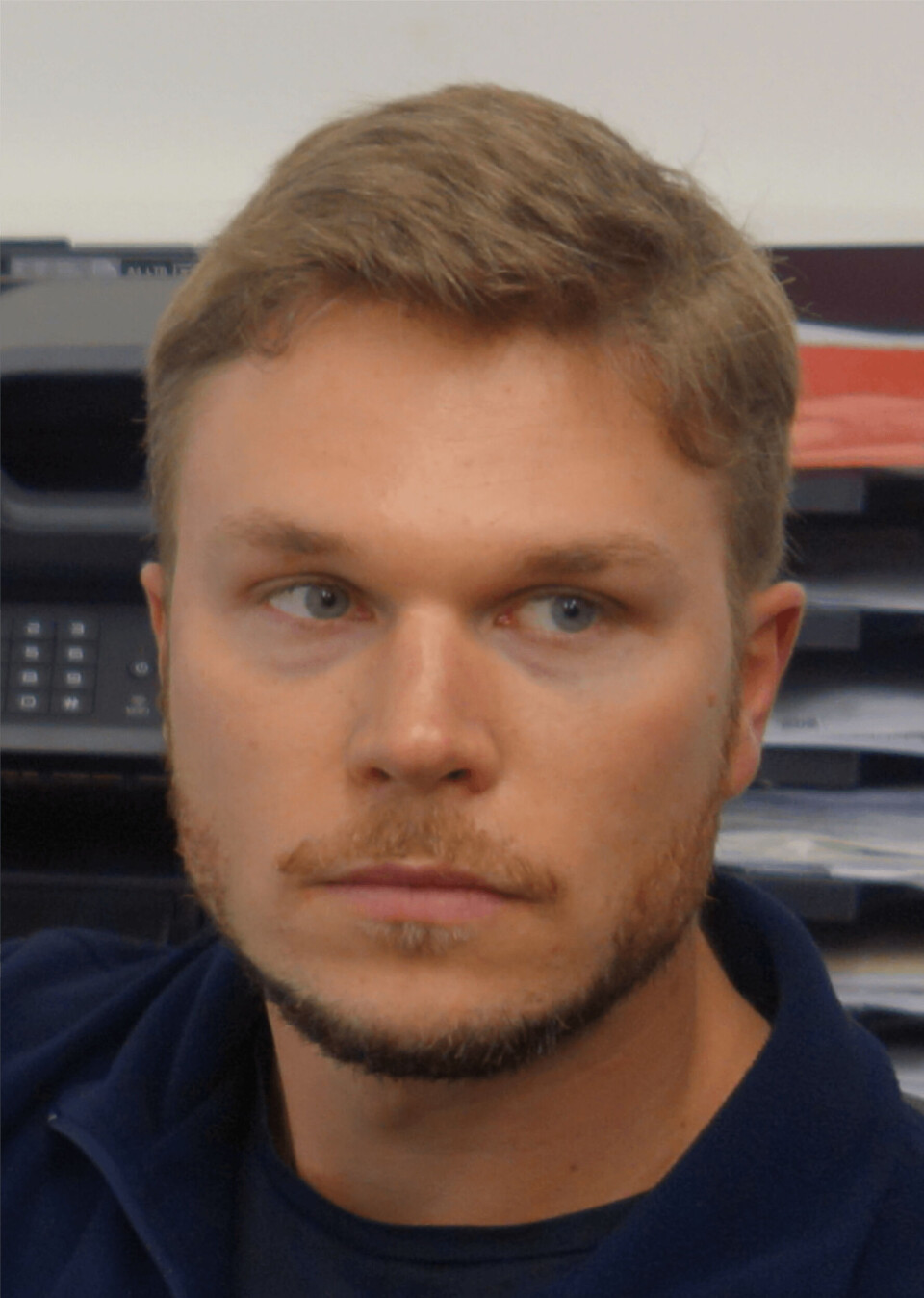
Steel mesh proves its mettle in Alps salmon RAS
An on-land salmon farmer based in the Alps is testing tailor-made alternative stainless steel filter panels for its water treatment equipment after becoming dissatisfied with the synthetic mesh panels originally supplied.
Efficient and reliable filtration is crucial for the operation of the Veolia RAS 2020 recirculating aquaculture system used by Swiss Alpine Fish AG, in Lostallo, Switzerland.
Three drum filters – each containing 45 filter panels - are used to mechanically clean uneaten feed and excrement from the water before it goes to biofilters. The panels are cleaned automatically several times per minute by spray bars and once a week with a pressure cleaner to remove fatty deposits from the fish feed.

Holes and tears
Over time, Swiss Alpine Fish – which is building up capacity to 600 tonnes per year - found that the synthetic mesh that was supplied with the system failed to stand up to this rigorous maintenance, causing increasing problems with the 24-hour operation of the farm. Holes in the mesh and tears at the edges jeopardised the quality of the mechanical cleaning.
“Cleaning quality and filter efficiency are extremely important for our process,” said assistant manager Christopher Shaw. “The salmon need clean water with no suspended sediment for their well-being and optimum growth. Solids and suspended sediment are also a source of bacteria build-up and must therefore be removed from the processing water as quickly as possible.”
In looking for a stronger solution, he discovered a high-performance, stainless steel mesh made by German company GKD. The firm’s Porometric mesh met the required pore size of 25 microns and, with almost 90% porosity, offered a better flow rate, GKD said in a press release. At the same pump output, the throughput could therefore be significantly increased.
Due to a high dirt holding capacity, Porometric mesh also requires fewer cleaning cycles, despite greater filter performance.

Low backwashing rate
In independent comparisons by the Karlsruher Institute of Technology (KIT), the hi-tech mesh proved to have the best cleaning performance while also exhibiting a low backwashing rate. This was also appealing to Shaw, as the wastewater system at Swiss Alpine Fish was at its limit. As a test, he had several panels in a drum filter fitted with the stainless steel mesh, and found they met his expectations across the board.
“The panels can be cleaned much more easily without the danger of damaging the mesh,” he said. The intervals between cleaning cycles were also increased considerably. Although it is somewhat easier to fit the drums with the more flexible synthetic mesh panels, the results helped prompt further testing of the metal mesh panels.
Moving to metal
Shaw then had the first of the three drum filters fully fitted with Porometric 25 μm mesh panels to continue testing. If it also meets the expectations of Swiss Alpine Fish, the two remaining drum filters will be successively fitted with the mesh.
Although testing is still under way, Shaw envisions equipping all drum filters at the facility with stainless-steel mesh in a planned expansion of the system.
Dividing grids
He has also found other uses for different-sized stainless steel mesh. The RAS 2020 grows fish in two concentric rings, each of which is divided into sections by moveable grids that allow the producer to set the optimum density for the respective size of fish.
In practice these movable grids didn’t perform as needed, leaving Swiss Alpine Fish to design new grids. Shaw chose a GKD mesh with a pore size of 50 x 13.7 mm, held in a fibreglass frame, to keep the fish in the respective section while offering the lowest water resistance possible.
GKD’s rigid Tucana mesh is also being used to as a retention grid on the purge tank overflow to prevent fish from getting into the drum filters.






















































